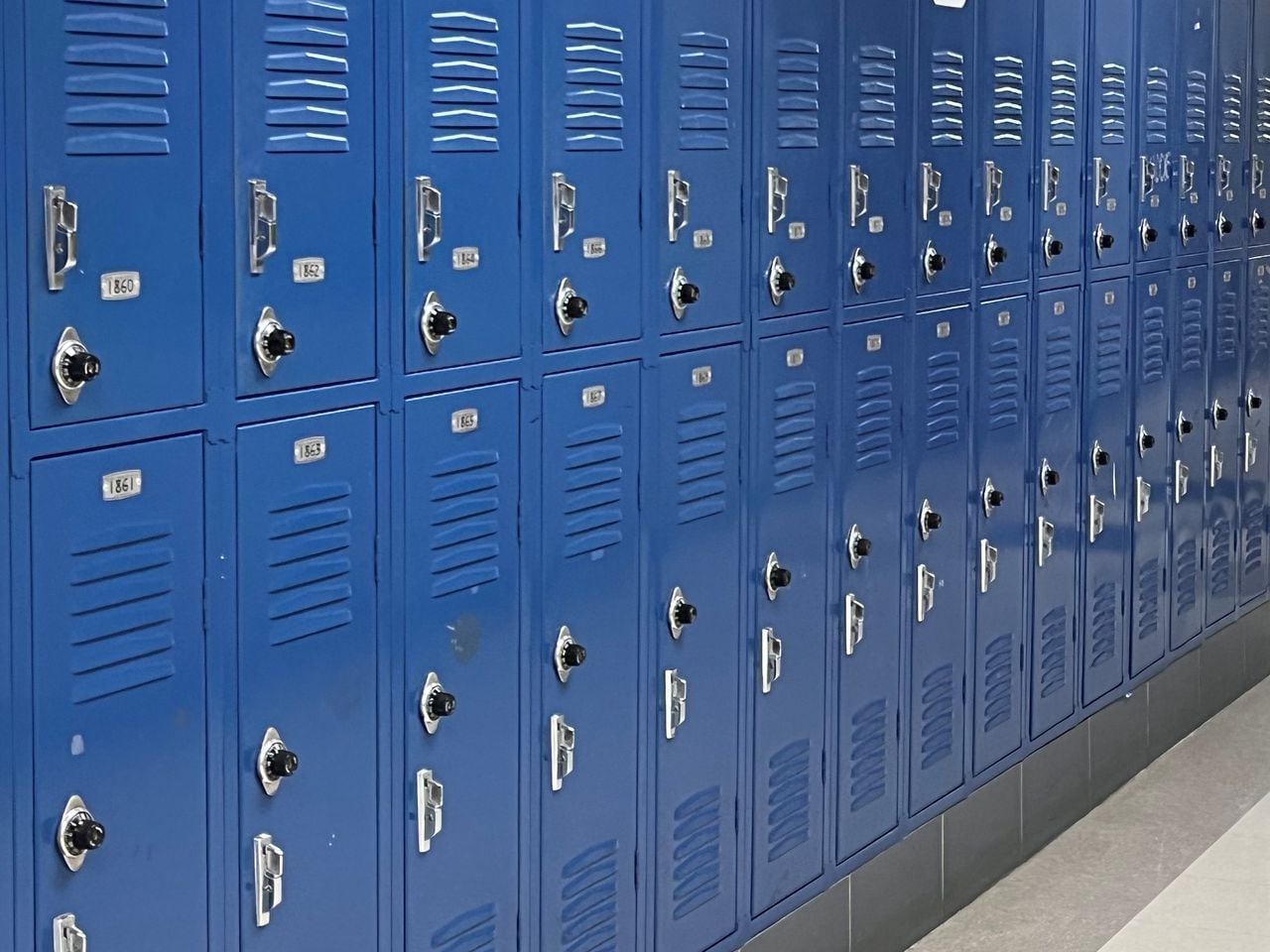See which schools Alabama labels âpriorityâ for improvement, expanded school choice
Nearly 100,000 students in 206 of Alabama’s public schools have a big decision to make before March: Will they stay in their school or will they go?
Those 206 ‘priority’ schools earned either a ‘D’ or ‘F’ on the most recent report card. Those D’s and F’s matter in a different and important way this year, as a new provision of the Alabama Accountability Act kicks in.
See 2023 report card grades for each public school in Alabama here.
According to legislation passed in 2023, students in schools that earned a ‘D’ or ‘F’ have new options:
- Request a transfer to another school in their district that earned a ‘C’ or higher, with transportation provided by the district, if there is room,
- Attend a school in a different school district that earned a ‘C’ or higher if the district will accept the student,
- Seek a tax credit scholarship to attend a participating nonpublic school, or
- Stay enrolled in their current school.
School officials have until Jan. 16, 2024, to notify parents of their choices, according to state education officials. Parents have until Mar. 1, 2024, to decide. It’s not clear how many scholarships might be available for students who want to transfer from public to private schools, but the state will have at least $40 million to hand out.
Until this year, students in schools where achievement was in the bottom 6% statewide – called “failing” schools – were the only students eligible for the options. Every year since 2013, between 75 and 79 schools landed on that failing list, far fewer than the 206 schools that must offer expanded choices for the 2024-25 school year.
Most students who had the options under the old rules chose to stay in their neighborhood school, state officials said, but no publicly available data exists to know for sure.
Which schools are priority schools?
AL.com took a look at the 206 priority schools to see what those schools look like and where students will have a new choice.
- 98,860 students were enrolled in those schools during the 2022-23 school year. Among those students:
- 69,300 students are Black,
- 13,980 students are white,
- 10,900 students are Hispanic
Most schools are considered high-poverty, with the majority of students qualifying for free or reduced-price lunch.
Priority schools include rural and urban schools that serve all grade levels; they also include charter schools and virtual academies.
Of the 206 priority schools,
- 181 of those had a majority Black student population,
- 57 of those schools had a twelfth grade,
- 64 of those schools are middle schools,
- 85 of those schools are elementary schools,
The table below lists the 2023 priority schools. Click here if you are unable to see the table.
The map below shows the location of each of Alabama’s 206 priority schools and their students’ recorded poverty level. Hover over the dot for more information about the school. Click here if you are unable to see the map.
